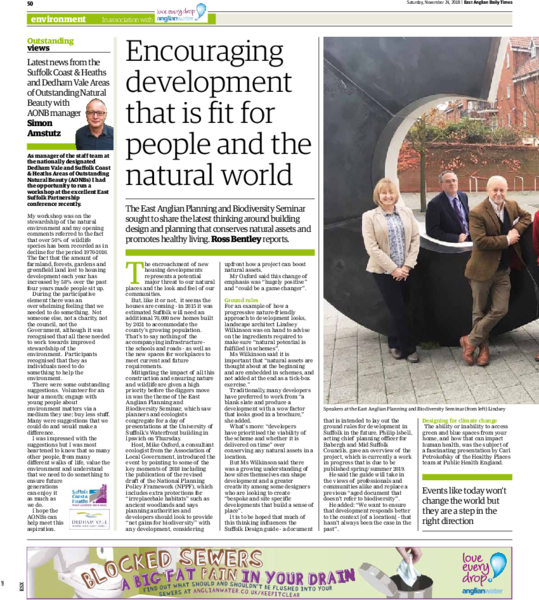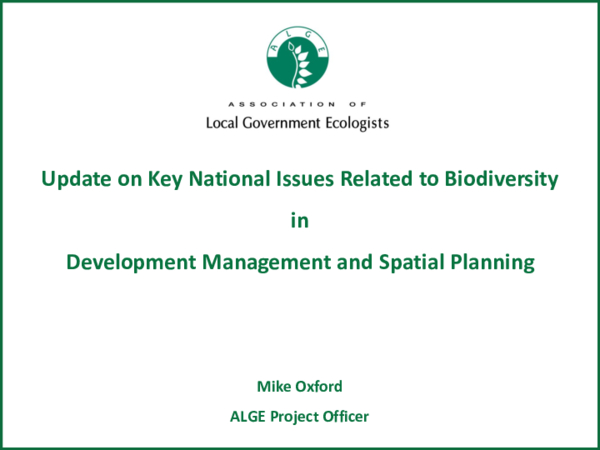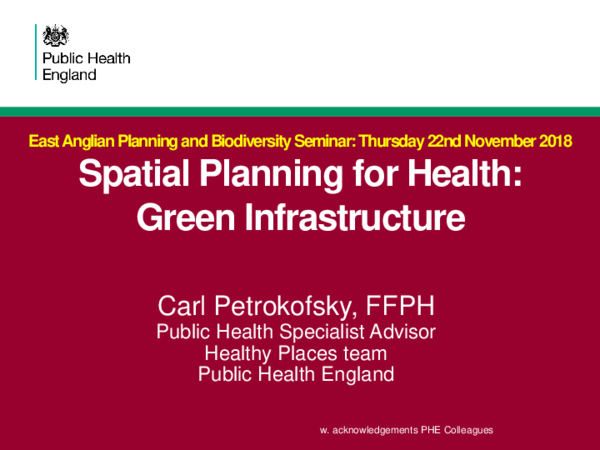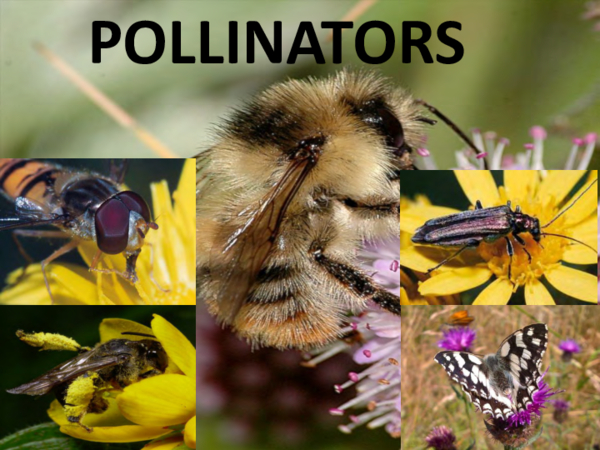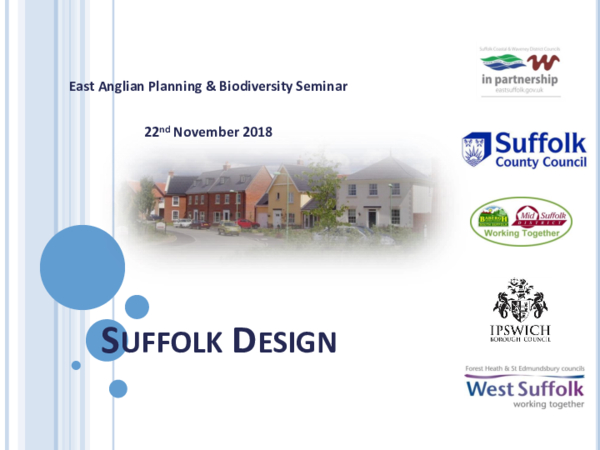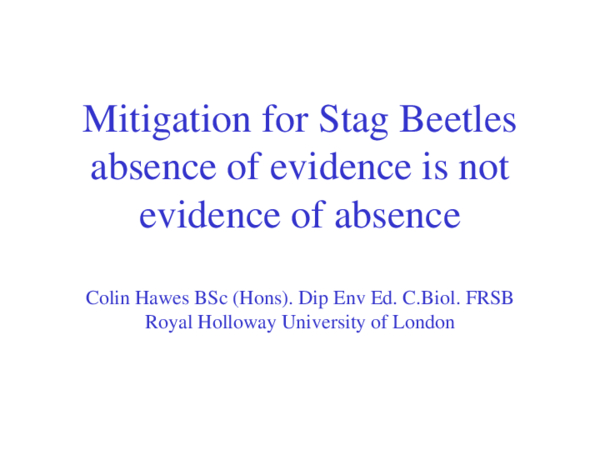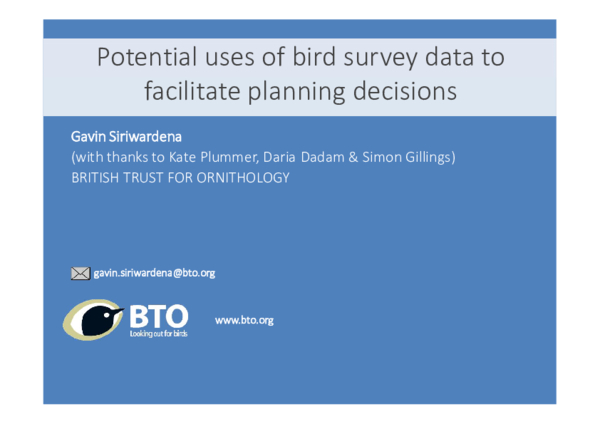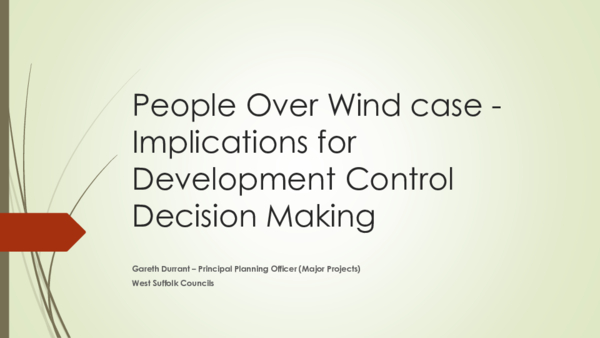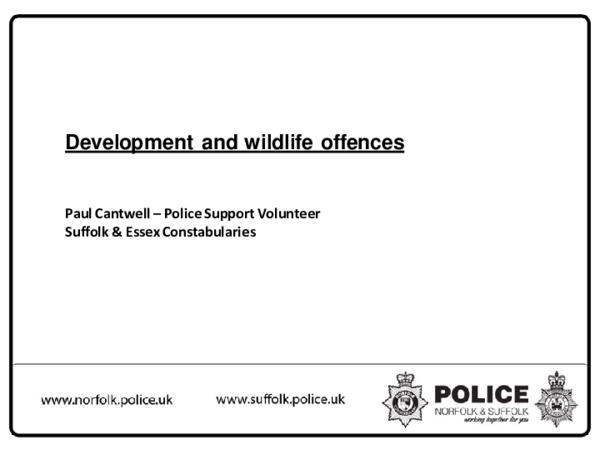| Planning seminars |
|---|
| Seminar 2021 |
| Seminar 2019 |
| Seminar 2018 |
| Seminar 2017 |
| Seminar 2016 |
| Seminar 2015 |
| Seminar 2014 |
| Seminar 2013 |
Planning and Biodiversity Seminar 2017
27 November 2017, Riduna House, Melton, Woodbridge
What the delegates said:
- Very insightful and knowledgeable presentations
- Varied, covered wide range of subjects both policy and development management
- Really good and interesting talks. Especially liked those with practical mitigation case studies/examples
- The first section on planning and report quality was excellent – thank you
Click on an image to open or download the presentation slides
Presentation summaries
1: Update on key national issues
Mike Oxford, ALGE
In this year’s review of what’s happening with biodiversity in the planning system, Mike is going to concentrate on a few related topics. He will start with a summary and explanation of ALGE’s submission to the Raynsford Planning Review. This will then set the scene for a short presentation on what he calls a ‘Black Box Approach’ to how we can use our mistakes to improve what we do when considering ecological issues in the planning system. He may throw in a few surprises along the way and will then finish with an update on proposals to increase the status and use of Ecological Clerks of Works during the construction process.
2: Brexit, the process and what it means for the natural environment
Greg Smith, Natural England
Greg will provide an overview of key aspects of the Brexit process and what they mean for the natural environment and planning. His short talk will cover: the main environmental implications of Brexit, the Article 50 negotiation, the EU Withdrawal Bill, the Defra EU exit programme and the Secretary of State’s vision of a “green Brexit”. He doesn’t promise answers, but he hopes we’ll come away with a better collective understanding of the issues; and he doesn’t have a big red bus, so he can promise no money either…
3: District level licensing for Great Crested Newt mitigation
Gareth Dalglish, Natural England
An introduction to Natural England’s District Level Licensing Programme, which aims to develop Great Crested Newt Conservation Plans in 150 local authority areas, with their implementation funded by developers through a tariff scheme.
4: Biodiversity Net Gain - good practice principles
Julia Baker, Balfour Beatty
The recently published good practice principles for Biodiversity Net Gain will be presented, with challenges and opportunities for industry, government and the NGO sector to implement these principles and to achieve development with net gains in biodiversity. Also presented will be an update on guidance to support the principles with insights into key aspects of this guidance.
5: Making farmland work for wildlife and people
Samantha Lee, RSPB
The talk covers both broad good practice measures that can be put in place providing multi-species benefits but also targeted habitat management for more specialist farmland species for which the region is an important stronghold.
6: Planning for dormice – a landscape-scale approach
Simone Bullion, Suffolk Wildlife Trust
Hazel dormice are under-recorded in the East of England and can be difficult to detect. Simone reviews the various factors which should be taken into consideration when assessing the likelihood of this European Protected Species being present in the landscape.
7: Recreational Disturbance Avoidance and Mitigation Strategy
Natasha Moreno-Roberts, Ipswich Borough Council; Clare Dawson, Babergh and Mid Suffolk Councils; Alison Collins, Natural England
Ipswich Borough Council, Babergh District Council and Suffolk Coastal District Councils have been working together, with support from Natural England, to establish this RAMS strategy since 2015. The presentation discusses the work undertaken to date, the timetable going forwards and outlines the lessons that the project team has learnt along the way.
8: Nature-based solutions in the urban realm - from green roofs to rain gardens
Dusty Gedge, European Federation of Green Roof Associations
Nature-based solutions are, and will become, an increasingly important element in the design of cities and towns. However, will they deliver meaningful benefits to biodiversity? All too often they are designed to meet engineering or aesthetic considerations with only passing regard to real ‘nature’. With over 20 years of experience in designing green roofs, walls and rain gardens, Dusty will discuss how we can provide a range of benefits within green infrastructure by focusing in the first instance on nature itself. In doing so we can transform the urban realm for both wildlife and people.

